Like its parent, Toyota, luxury brand Lexus has been slow to embrace EV technology. But that may be set to change, at least based on the LF-ZC and LF-ZL EV concepts unveiled at the Japan Mobility Show. The Lexus LF-ZC could be in production by 2026, with the LF-ZL hinting at an all-electric flagship that may follow. Both introduce next-gen battery technology capable of delivering more than 600 miles range.
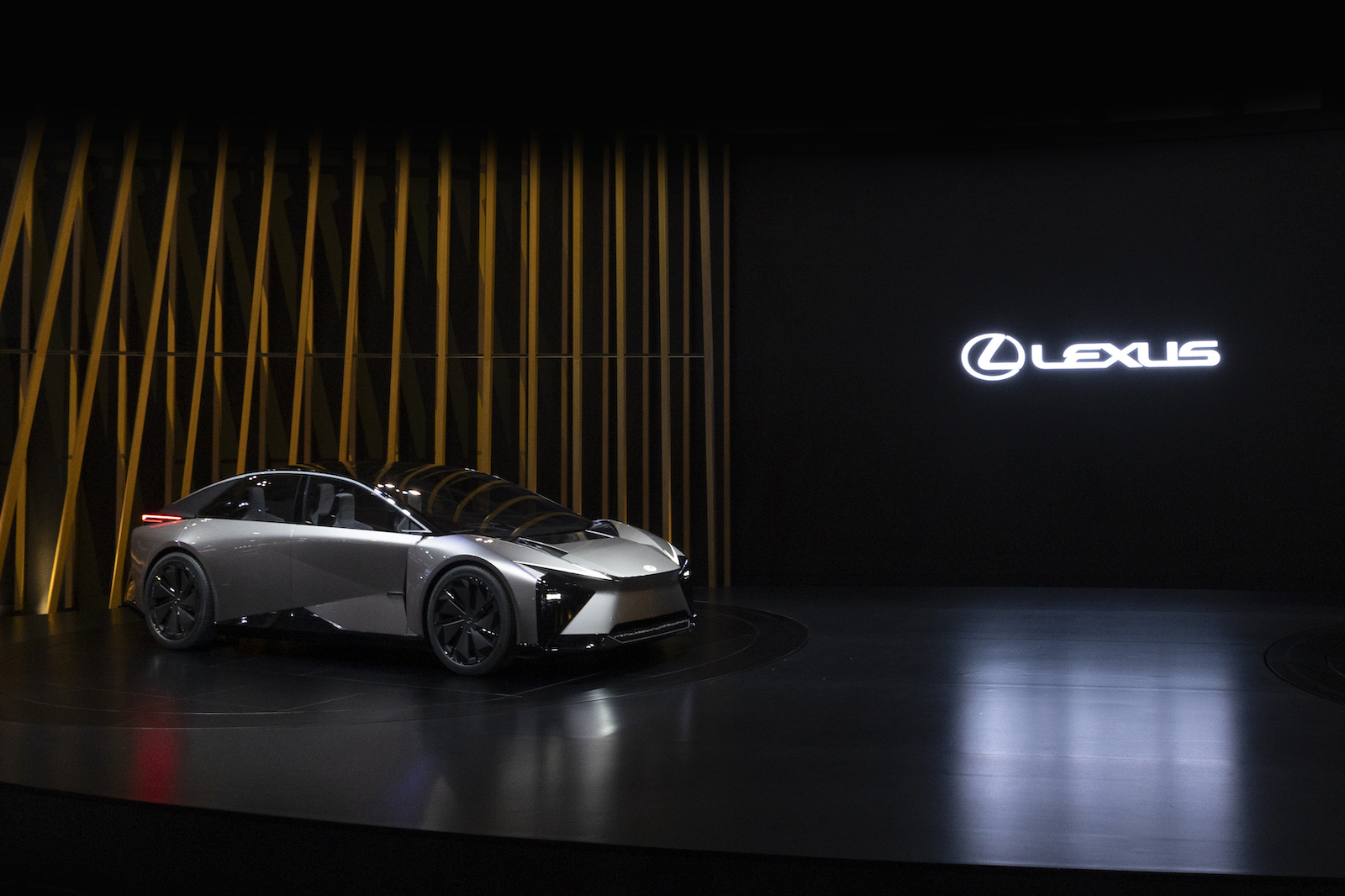
the two concepts unveiled in Tokyo provide a clear sense of what’s to come, starting with the Lexus LF-ZC.
Lexus has rolled out a series of LF-Z concepts in recent years, hinting at the direction the automaker plans to take. And, as before, at least one of the two models making their debut at this week’s Japan Mobility Show seems headed for production in just a few years.
The two models, said the automaker, are designed to “push the boundaries of the electrified experience.” For one thing, the Lexus LF-ZC and LF-ZL could deliver range of up to 1,000 miles per charge, far above anything on the road today. Charging times, meanwhile, are significantly faster than today’s EVs, almost in line with what it currently takes to refill a gas tank capable of delivering similar range.
And they’ll introduce the brand’s new “Arene” operating system which is designed to “seamlessly integrates digital life into the vehicle, providing personalized driving experiences as well as extended entertainment and connectivity.”
An “all-electric” brand
Whatever actually winds up in production, Lexus officials appearing at the Japan Mobility Show confirmed plans to become an entirely “electric brand” by 2035.
The automaker has a long way to go. It only introduced its first EV last year, the Lexus RZ. But the two concepts unveiled in Tokyo provide a clear sense of what’s to come, starting with the Lexus LF-ZC. That’s shorthand for Lexus Future Zero-emission Catalyst.
LF-ZC blurs the lines
Set to reach production by 2026, the LF-ZC blurs the lines between sedan and crossover, much as the Toyota brand has done with the new Crown model. The design of the luxury model is far more aggressive, with its sharp lines and creases. The low-slung grille-less nose gives the show car an aggressive feel, as do the oversize air extractors behind the front wheels, and the angular folds in the door panels.
Lexus claims the LF-ZC has a coefficient of drag of just 0.20, in line with the experimental Mercedes-Benz EQXX show car. If that carries over into production it would notably improve both range and performance.
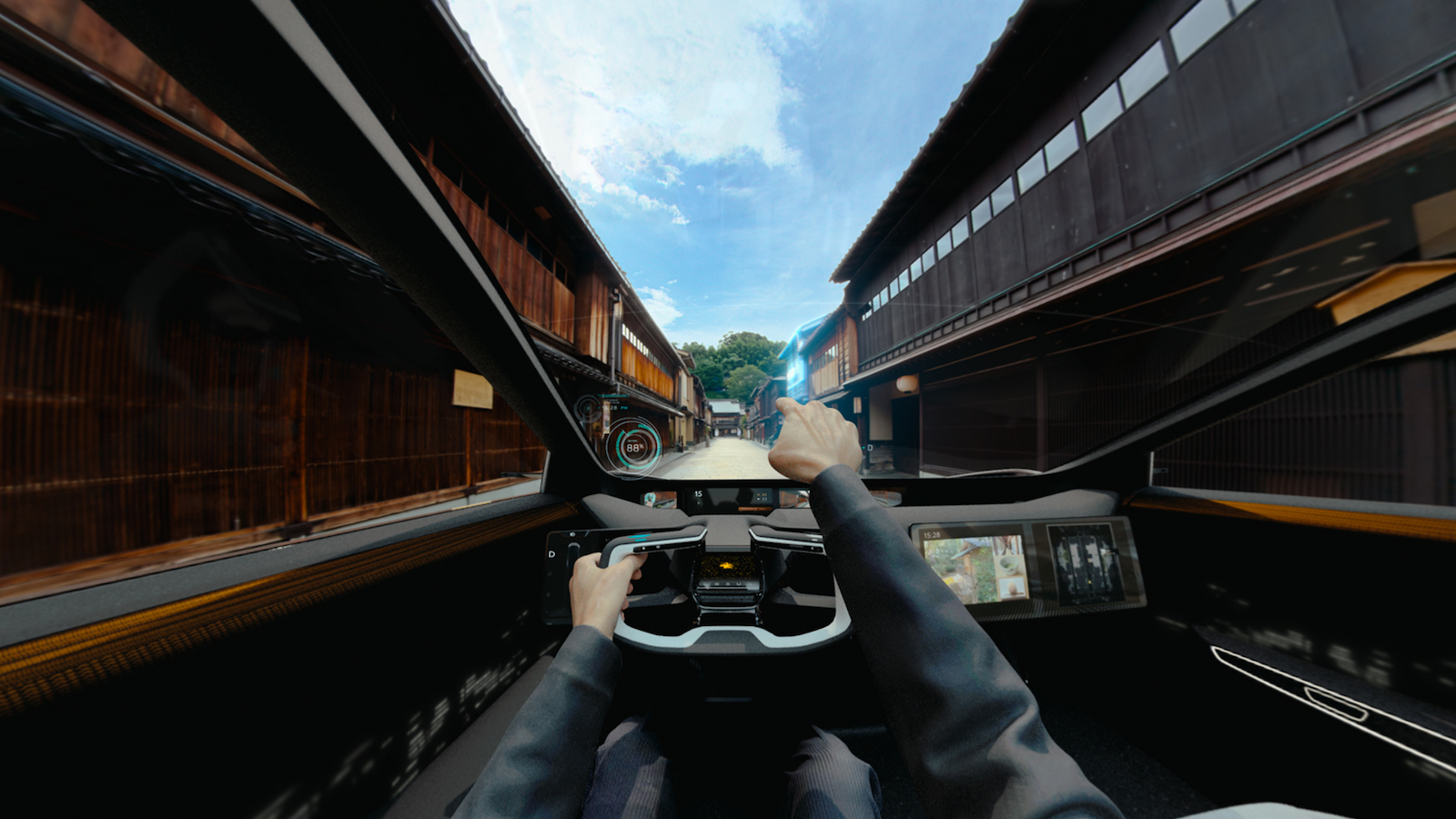
The LF-ZC concept brand’s Direct4 all-wheel-drive system and steer-by-wire, with a yoke-style steering wheel.
Ultra-long range batteries
LF-ZC is expected to use next-generation battery technology to improve range and performance, while speeding up charging times. It claims the battery pack can go from 10% to 80% in just 20 minutes.
The automaker isn’t revealing much about the drivetrain, including the battery chemistry, but it recently announced plans to get advanced solid-state technology into production by around the time the LF-ZC is expected to come to market.
That would certainly help meet the 622-mile range target — which is based on global test standards. The tougher EPA test cycle could bring that down by as much as 20%.
Advanced AI
The Lexus concept features a variety of useful technologies, including the brand’s Direct4 all-wheel-drive system and steer-by-wire, with a yoke-style steering wheel. And it replaces traditional sideview mirrors with small cameras, a key to the show car’s low drag numbers.
Also introduced on the show car is the new Arene OS, an AI-powered interface. “Utilizing advanced AI technology,” said Lexus in a statement, “the next-generation voice recognition system provides customers with a service experience reminiscent of conversing with an attentive and accommodating butler, thanks to its swift response to voice commands and perceptive suggestions. Going beyond the conventional navigation features, it provides route and mode recommendations that align with the driver’s preferences by considering their daily activity patterns and mood.”
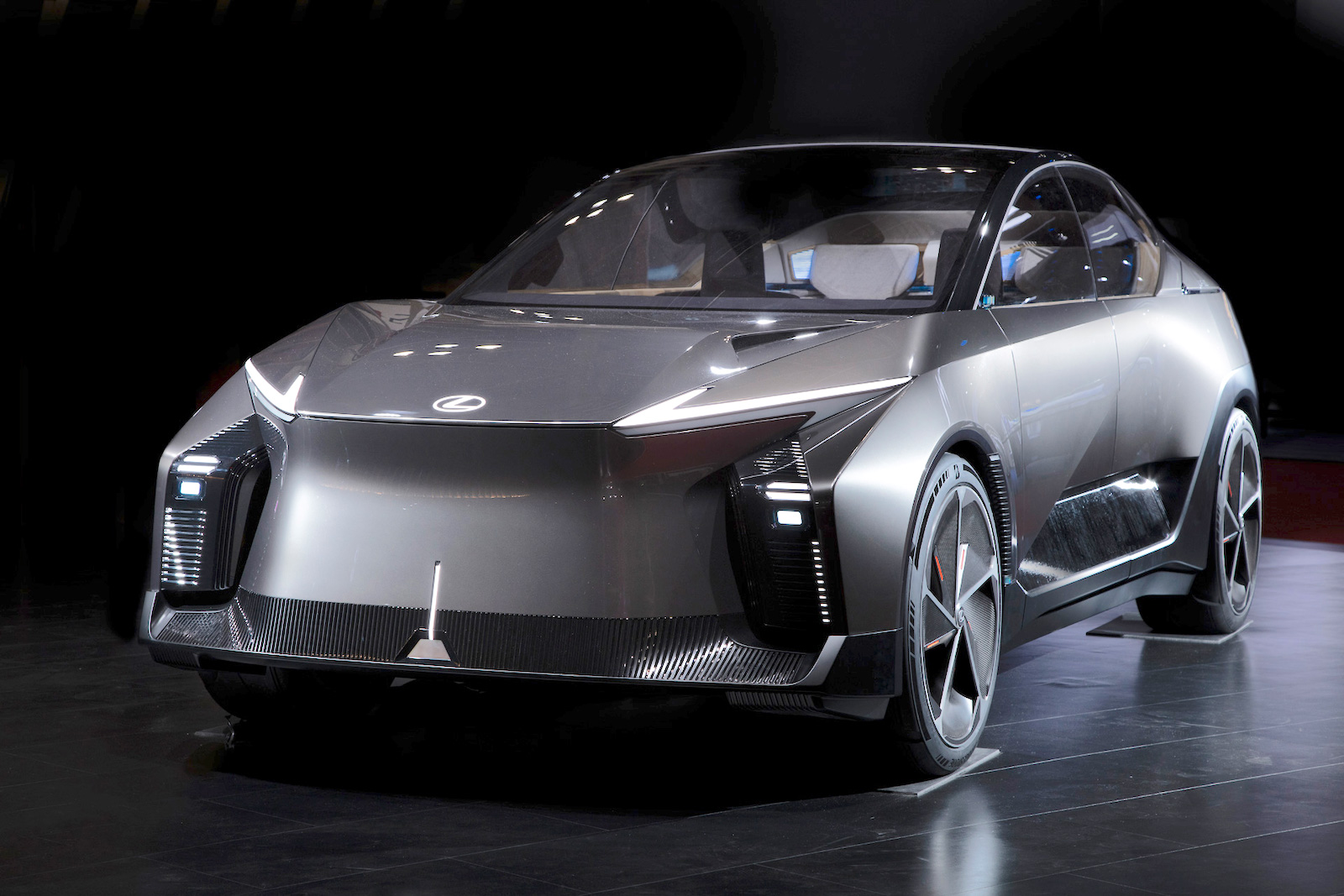
The LF-ZL concept is positively enormous. Its total length stretches to 208.7 inches, with a wheelbase of 131.9 inches.
Gigacasting
Like a growing number of automakers, Lexus is looking for ways to enhance the sustainability of its products. The LF-ZC makes extensive use of bamboo of its interior.
By adopting a skateboard-like platform, the show car offers a larger cabin than its exterior footprint might suggest, enhanced by a flat load floor.
Lexus has announced a goal of simplifying the EV production process and, borrowing a page from the Tesla playbook, a key step will come with the switch to large, “Gigacast” aluminum castings. Individual pieces can replace dozens of conventional stamped and cast steel and aluminum parts.
LF-ZL flagship
Where the Lexus LF-ZC falls into the midsize category, at 187 inches in total length, with a 113.8-inch wheelbase — the LF-ZL concept is positively enormous. Its total length stretches to 208.7 inches, with a wheelbase of 131.9 inches.
It picks up on some key elements of the LF-ZC, including the yoke-like wheel and various screens across the instrument panel. It uses new “prismatic” batteries which could yield range even greater than what’s promised for the LF-ZC.
And the Arene operating system takes things to a new level, according to Lexus, which says that, “When drivers point to objects or places of interest during their journey, the car’s display promptly delivers information along with voice guidance, enabling the car to enhance the connection between occupants and their surroundings.”
Production plans TBD
No target date was announced for the Lexus LF-ZL. It’s clearly positioned as a potential flagship for the future – whether Lexus actually builds it or simply uses the show car to influence a future EV line.
If it does make it into production, expect some toning down of the design, notably its B-pillarless coach doors.

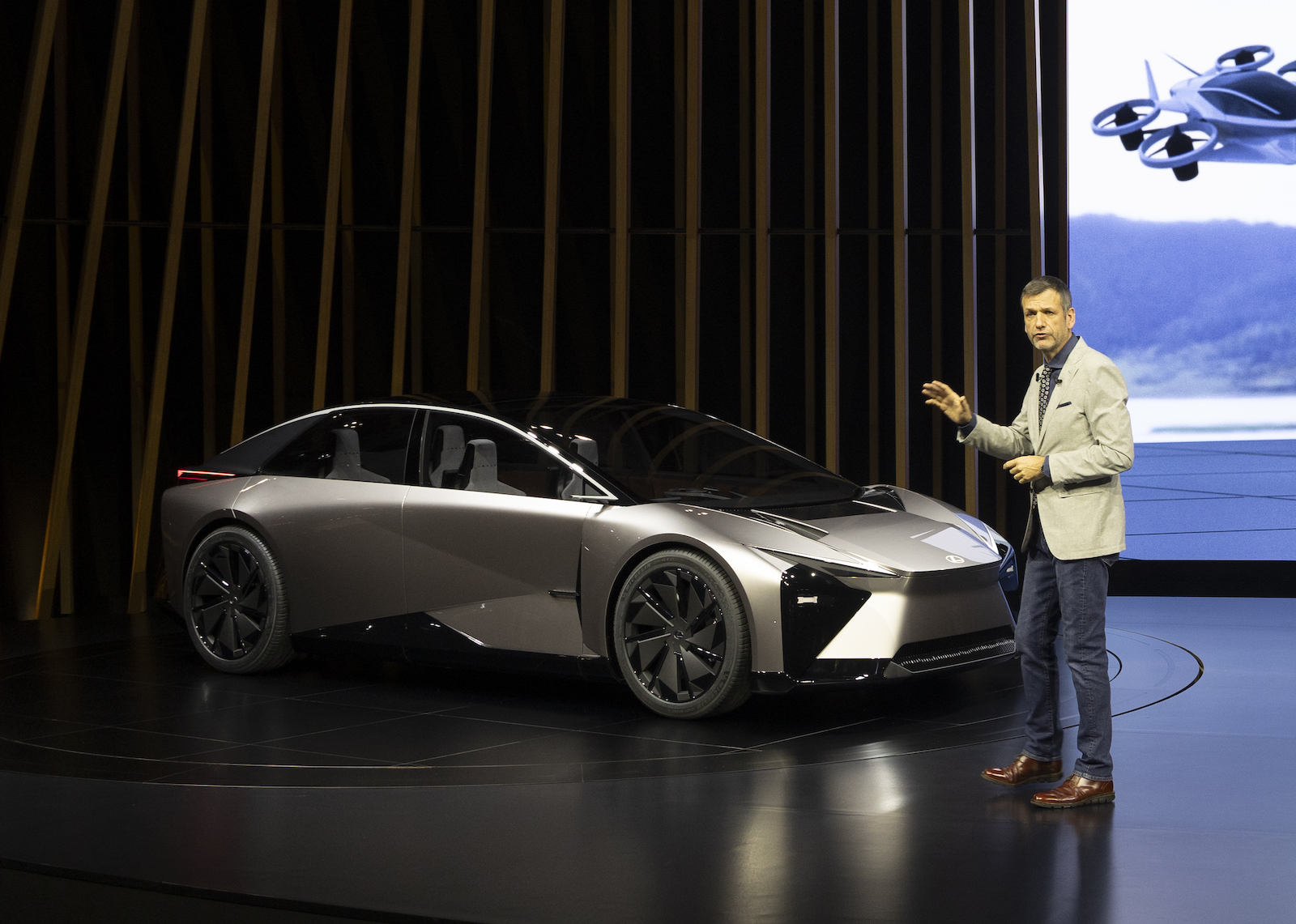
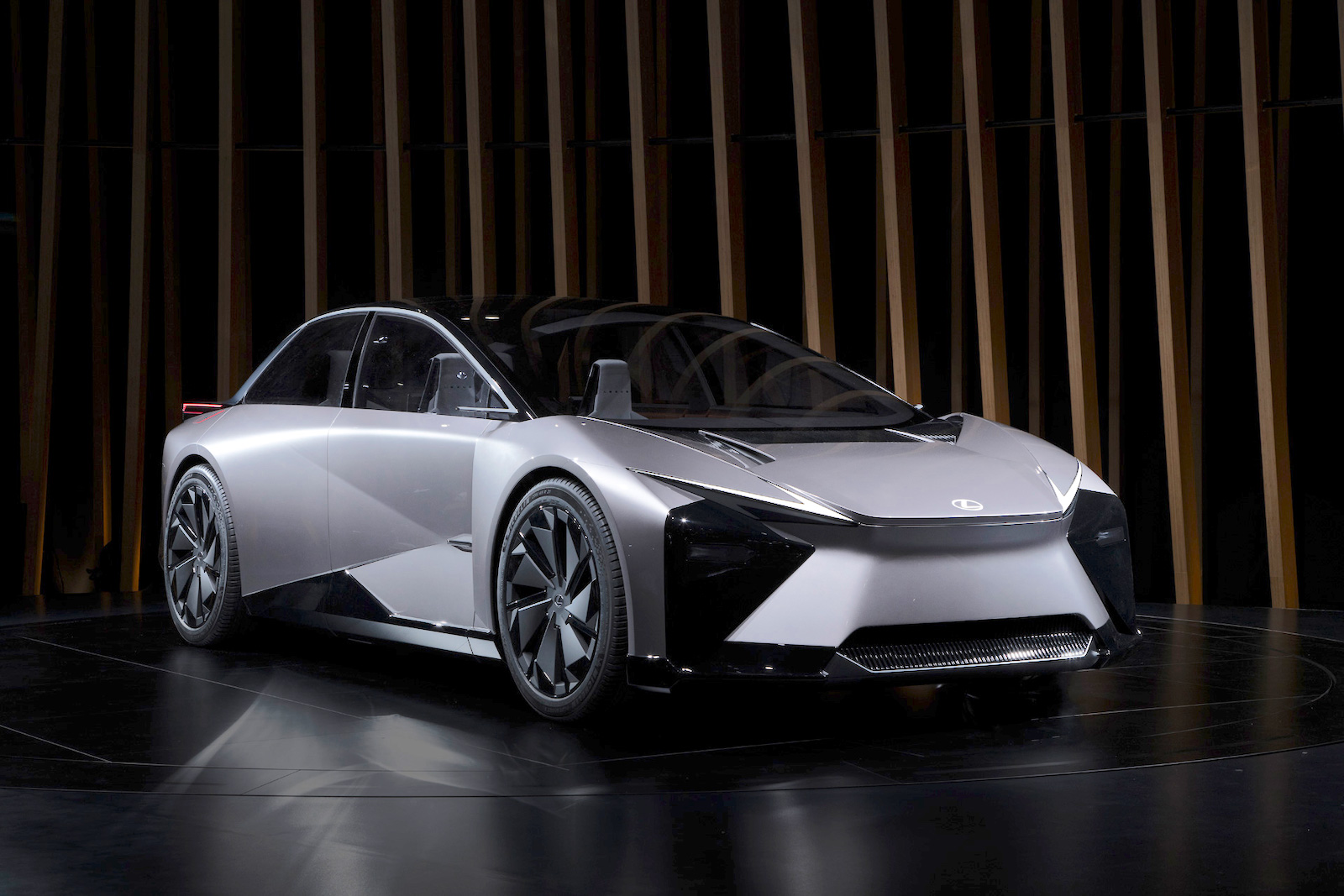
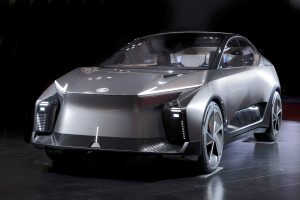

0 Comments